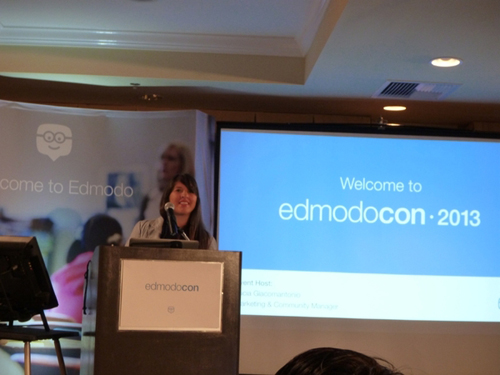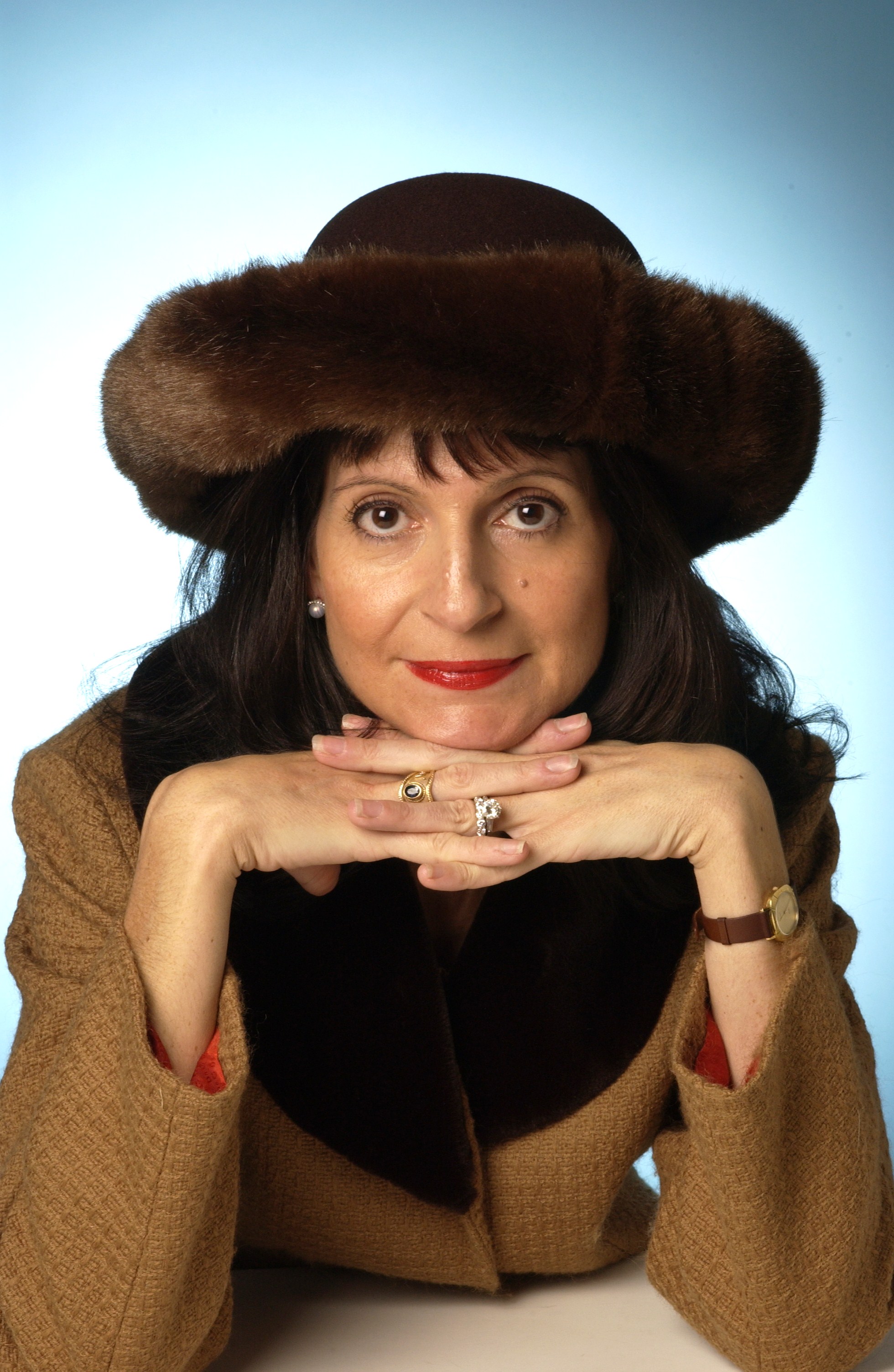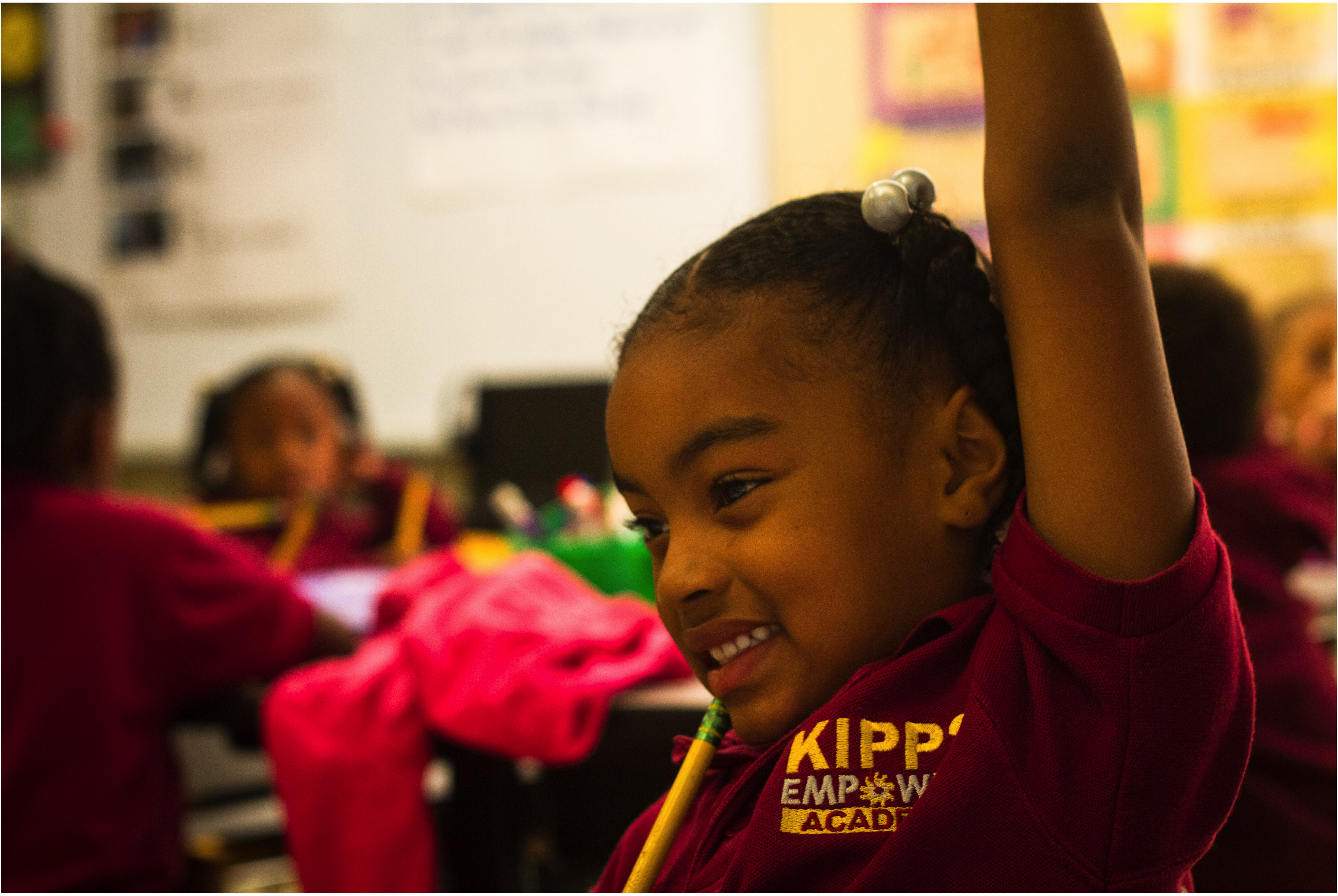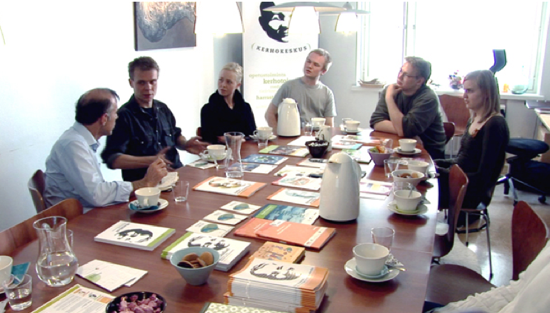Congratulations to Dr. Sugata Mitra on winning the 2013 جایزه TED. While I am not entirely sure of what your School in a Cloud model will ultimately look like, allow me to share some thoughts and perspectives as you continue your journey to build it.
After screening the soon to be released film دختر افزایش last night, I am convinced we need a School in a Cloud concept to help solve the tragic problem of children who have no school at all. Illiteracy is a major problem everywhere including the U.S. If I were building the School in a Cloud, my goal would be to create a school that would be accessible anywhere in the world at anytime and at no cost so as to ensure that all girls (and boys too of course) regardless of socio-economic background, قومیت و یا شرایط, could realize their right to a quality education.
What is a quality 21st century education? The truth is that whether or not you believe that teachers and classrooms can be replaced by self directed learners and a cloud, millions of children in this country and around the world don’t have the luxury of waiting for someone to win an old school-new school debate. Millions of others would just like to go to any school. So I’m interested in following your School in a Cloud concept and seeing how far you go to inspiring global-scale change. در نهایت, I believe in children and I believe children will always learn to do what they want to learn to do. آنها می, I’m going to bet on self-motivated, curious, creative little children. Give them access and they will come!
با این حال, here are some crucial structural and strategic things I would pursue before launching School in a Cloud:
اولین, one needs to address the problem that children must learn to read and write before they can embark on intellectual adventures. I would want to see the School in a Cloud come up with a formula that equips all children with these skills who currently have no school or attend a poor school.
دوم, in terms of determining content for students, I would surround myself with the best forward thinking education minds in 21st century educational research (in each country) to ensure I understand the needs of future learners. We know we have to redefine the model because the model has changed. Knowledge is free and knowledge is constantly changing. Children need education for the Innovation Age. Since I’ve written realms on this already, I won’t go into it here, but I would just emphasize that content developers cannot pay enough attention to the importance of the arts in future learners’ آموزش و پرورش. Future learners need to be able to identify problems and come up with sustainable solutions. It’s important to ensure they hone their creative skills.
سوم, I would relish the opportunity to build a top quality global teacher network for children (especially given that my Cloud teacher mentors would no longer have to physically go to poor schools in poor neighborhoods but could interact with their students online). The role of the teacher is redefined in the Cloud concept. Teachers become the coaches and mentors of self directed learners. This may require a Cloud professional development program for teachers.
چهارم, we need more research in this new approach to learning. به عنوان مثال, are all learners self-learners or do some learners require more structure and more direction from a teacher or mentor? It is important to initiate larger scale research programs to determine this. Perhaps this should be built into the School in a Cloud budget from the get go so that we continue to learn how this approach can improve learning.
پنجم, concepts like School in a Cloud continue to educate education leaders and policy makers on the possibilities and potential of technology. This is a good thing. Computers aren’t expensive relative to other non-computer methods. The latter on its own will not solve the illiteracy and achievement gap crisis the world faces. I would hope projects like this one further inspire governments, education advocates and people like Bill Gates to find ways to give every poor child access to a computer. How much could that alone level the playing field?
Sixth, when it comes to developing digital learning programs, we still need to focus on quality, quality and quality again because so much of what I see digitally is still average, (maybe occasionally above average). I would place the same pressure on the developers and engineers of children’s digital learning tools as Steve Jobs did on the folks who developed his Apple iPads. If in doubt, test it out on kids and let them help make it better.
Finally and most important, a new School in a Cloud presents an opportunity to rethink student assessment. We know that children learn so much more when they are not being taught to pass tests. How much more quality learning could be realized in a stress-free, مشترک, هر زمان, any place Cloud if no one is dictating when and how often students needed to be tested?
و به این ترتیب, Sugata, congratulations again. If your goal is anywhere near as lofty as mine, I will put on my heaviest overcoat and convince myself that it is worth trekking to gloomy Newcastle in North England to do what I can to help you out. A million dollars is a good start but if things go well you may need a bit more.
در جهانی جستجو برای آموزش و پرورش, من و پیوستن به رهبران فکری در سطح جهان شناخته جمله سر مایکل باربر (UK), دکتر. مایکل بلوک (ایالات متحده), دکتر. لئون Botstein (ایالات متحده), استاد خشت کریستنسن (ایالات متحده), دکتر. لیندا عزیزم، هاموند (ایالات متحده), دکتر. Madhav Chavan (هند), پروفسور مایکل فالن (کانادا), پروفسور هوارد گاردنر (ایالات متحده), پروفسور اندی هارگریوز (ایالات متحده), پروفسور ایوان هلمن (هلند), پروفسور کریستین Helstad (نروژ), ژان Hendrickson (ایالات متحده), پروفسور رز Hipkins (نیوزیلند), استاد کورنلیا Hoogland (کانادا), جناب جف جانسون (کانادا), خانم. شانتال کافمن (بلژیک), دکتر. Eija Kauppinen (فنلاند), دولت Tapio Kosunen وزیر (فنلاند), پروفسور دومینیک لافونتن (بلژیک), پروفسور هیو لادر (UK), پروفسور بن لوین (کانادا), پروردگار کن مک دونالد (UK), پرفسور بری McGaw (استرالیا), Shiv در نادار (هند), استاد R. Natarajan (هند), دکتر. PAK NG (سنگاپور), دکتر. دنیس پاپ (US), Sridhar Rajagopalan (هند), دکتر. دایان Ravitch (ایالات متحده), ریچارد ویلسون رایلی (ایالات متحده), سر کن رابینسون (UK), استاد PASI Sahlberg (فنلاند), آندریاس Schleicher (PISA, OECD), دکتر. آنتونی Seldon (UK), دکتر. دیوید شافر (ایالات متحده), دکتر. کیرستن همهجانبه هستند (نروژ), صدراعظم استفان Spahn (ایالات متحده), ایو Theze (فرانسه دبیرستان فرانسوی ایالات متحده), پروفسور چارلز Ungerleider (کانادا), پروفسور تونی واگنر (ایالات متحده), سر دیوید واتسون (UK), استاد دیلن Wiliam (UK), دکتر. علامت گذاری Wormald (UK), پروفسور تئو Wubbels (هلند), پروفسور مایکل جوان (UK), و استاد Minxuan ژانگ (چین) به عنوان آنها در پرسش های بزرگ آموزش و پرورش تصویر است که تمام کشورهای امروز با آن مواجه بررسی. جهانی جستجو برای آموزش و پرورش انجمن صفحه
C. M. روبین نویسنده دو مجموعه آنلاین به طور گسترده به عنوان خوانده شده که او دریافت است 2011 جایزه آپتون سینکلر, “جهانی جستجو برای آموزش و پرورش” و “چگونه آیا ما به عنوان خوانده شده?” او همچنین نویسنده سه کتاب پرفروش, محتوی رئال آلیس در سرزمین عجایب.






نظرات اخیر